Adding in attacking shapes
The line-out provides a superb foundation from which to attack, the main reason that Schmidt has asked Plumtree to place such intense value in it. Not only does it allow the backs to run at their opposite numbers with space in front of them, there are also mauling and narrow running options when playing out of touch.
We saw Ireland twice use a familiar shape off the tail of the line-out against Argentina and attack just in behind the set-piece through Murray. The Munster scrum-half is an excellent attacking threat himself and this ploy offers him a chance to excel.

The elements we have touched upon above are again present in the actual line-out itself; Best’s superb throw, Diack’s leap and catch, as well as the lift from Henderson at the back and O’Connell at the front.
From there, the ball is handed down to Murphy and he spins to pass to Murray on an arcing line, running at the Pumas defence. Henry (1) and McGrath (2), who started at the very front of the line-out are by now offering running options outside the scrum-half [yellow circle], as we see below.

With all of Argentina’s forwards tied into the line-out and attempting to defend the possibility of a maul [that threat is essential], Murray, Henry and McGrath are left running at a scrum-half, out-half and the inside shoulder of the 12.
Learn from Wayne Smith on integrating forwards in the back line
Murray hits Henry short, the Ulsterman sends a linking pass to McGrath and the prop trundles a good eight metres forward; all thanks to an effective line-out.
Ireland ran an almost-identical play later in the first half, just with some of the individuals changing their roles. That ability to interchange duties is another positive sign, with each player understanding the various elements of each move.

Again, Diack takes at the tail, lifted by Henderson at the back and O’Connell at the front despite Argentina being in a good position to steal, we see that vital extra height from a good lift.
This time Ross plays the role of the conduit between Diack and Murray, while it’s Murphy and McGrath outside the scrum-half when he arcs away. Murray makes big yardage this time, through that hole in behind the Pumas’ defensive line-out.
Line-out lifts on Ireland’s throw against Argentina:
Jack McGrath: 6
Mike Ross: 2
Iain Henderson: 5
Paul O’Connell: 6
Robbie Diack: 6
Dave Kilcoyne: 2
Jamie Heaslip: 1
O’Connell the supremo
In Paul O’Connell, Ireland have one of the finest line-out players in world rugby, and his presence moving forward is of great comfort with Plumtree on the way out. The Munster lock is a major driver in Ireland’s set-piece work and will surely make a brilliant coach in this area in the future.
His analysis work on line-outs is famous, both in terms studying the opposition and his own teams. The relatively quiet crowd and excellent pitch-side microphones in Resistencia meant we got snippets of O’Connell’s line-out communication from time to time.

That also provided a reminder of his ability to read the opposition both in defence and attack. Whether he was simply calling “back”, “me” [in the middle] or “front”, it was invariably the right option. Playing against non-fluent English speaking opposition perhaps simplified the calling process on this occasion.
His little glances at the Argentinian line were all he needed to understand what defensive and attacking structures the Pumas were in. In mere seconds, the 34-year-old can process those images and relate them back to what his detailed analysis has shown him in the days preceding the game.

Plumtree deserves all the credit that has come his way for Ireland’s ever-improving line-out work, but O’Connell has been equally important in building the structures and then implementing them in the heat of game day.
In the GIF below, we see Henderson come close to a steal in the air at the front of the line-out on the Argentine throw. The Ulster lock comes forward expecting the throw, but it doesn’t immediately arrive.
The temptation might have been to slide back again, but O’Connell is in his ear shouting, “stay, stay!” The Munster second row knows this Pumas shape, recognising that the only option for them is at the front.

There is no steal, but it provides an example of O’Connell’s ability in the defensive line-out. On the Argentinian throw, Ireland managed to disrupt on four occasions.
Competing with the Pumas
Ensuring that your own team wins as many of their throws as possible – and wins clean possession that can be used to clear the lines or attack from – is obviously the priority at the line-out. But denying the opposition a free run on their ball is highly desirable too, and it’s something Ireland have improved at in the last year. That was in evidence against Argentina as Plumtree’s forwards won four of the Pumas’ 11 throws.

Diack picked off two of those, with one example in the GIF above, while Henderson and Toner also came up with one steal each. Again, the ability of Ireland’s main jumping options to also lift well was important in each of these instances, allowing them to cover more spaces on the Pumas’ throw.

In the GIF above, we see an excellent steal from Henderson at the front of the line-out, and in a really dangerous area of the pitch. Five metres from the Argentinian tryline, the theft of the Pumas’ throw sets up a strong points-scoring chance for Ireland.
A try-scoring defensive line-out steal? Yes, Ireland had that too. Jonny Sexton’s try after looping off Luke Marshall in midfield was perhaps the most attractive of Ireland’s scores on Saturday, coming after a superb surge up the middle by No. 8 Murphy.
However, right at the root of the try was a line-out steal by Diack at the tail. The Argentinian throw was poor, but still, the blindside flanker got in the air swiftly aided by the lift of McGrath and Best.

It was perhaps coincidental that Ireland played off the steal in a fashion similar to that which we have already examined in the ‘Adding in attacking shapes’ section above, with O’Connell filling in as a makeshift scrum-half on that arcing run, before popping to Murphy.
Coincidence or not, Sexton’s try is one that Plumtree and O’Connell’s line-out had a starring role in.
Mauling power
Ireland’s maul was a strong feature of their Six Nations triumph, as we have mentioned before, and it was pleasing to see the pack power over for a maul try in Resistencia, against a side who have been renowned for mauling strength themselves.
As with all of the above, it is worth stressing that this was a relatively weak Pumas team, and that is meant with no disrespect. Ireland will face far tougher tests in the coming year, but the Argentinians did provide a sterner opposition than some had expected.
So many of the elements that made Ireland’s Six Nations maul a success are present in the score above, with positive movement on the deck ensuring that O’Connell will make a clean catch even if Argentina do decide to compete in the air.
As O’Connell lands, he transfers the ball to Henry, who swims to the back of the maul by slipping in behind Best and providing that little bit of extra security from the grasping Pumas’ hands.
The Irish maul shears away to the right as Argentina’s counter-drive focuses on O’Connell, leaving Ireland four-against-two for a brief second and allowing them to initiate that unstoppable momentum.

Ross does superbly to force his way past O’Connell and into a leading role on the left side of the advancing Irish maul. Once the momentum has been started, after a brief window of patience, Ross’ strength and formidable hindquarters play an important role in denying the Pumas’ desperate attempts to rescue the situation.

Ireland did maul on four other occasions with varying success and had a late chance to score again from a five-metre line-out [below]. With five replacements on in the pack at that stage, there was less organisation in the maul, but it patiently made headway.
Kieran Marmion decided to snipe off to the right of the maul when a final shove might have seen Ireland cross but, either way, Plumtree will have been disappointed to see the maul fail to score in this situation.
Ireland can certainly not expect to score from every single five-metre maul, but the closer they move towards being 100% in that area of the game, the more successful a side they will be.
Another positive outing for Ireland’s pack
The scrum was another positive element in Ireland’s performance last Saturday, although that is largely the domain of scrum coach Greg Feek. At the line-out, Plumtree’s main responsibility with Ireland, the forwards were superb.
Watching Argentina’s attempts to get to grips with the Irish line-out in the second Test on Saturday will be fascinating, with a week of analysis behind them. Whether we will see new strings to Ireland’s line-out bow remains to be seen.
Plumtree is preparing for his final match as Ireland forwards coach, and Ireland have likely begun the process of filtering the market for his replacement. With Super Rugby in-season and most clubs having tied down coaching staff for the 2014/15 campaign in Europe, it may not be an easy task.
Losing Plumtree is a blow for Schmidt’s Ireland, but the continuing presence of Paul O’Connell and several other excellent line-out forwards in the squad is a comfort.
How do you attack from a line-out and compete on the oppositions ball? What can you learn from how Ireland execute the line-out?
Learn the fundamentals of the game from 19 of the best coaches and players in the world




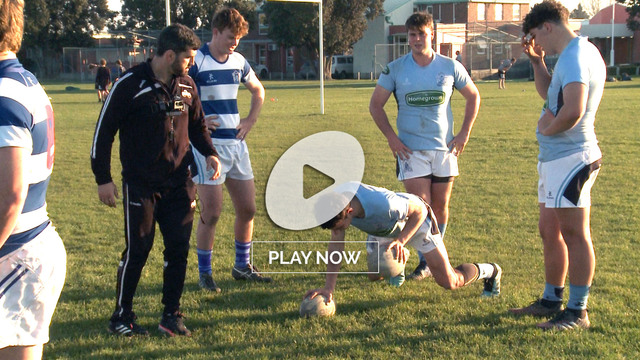
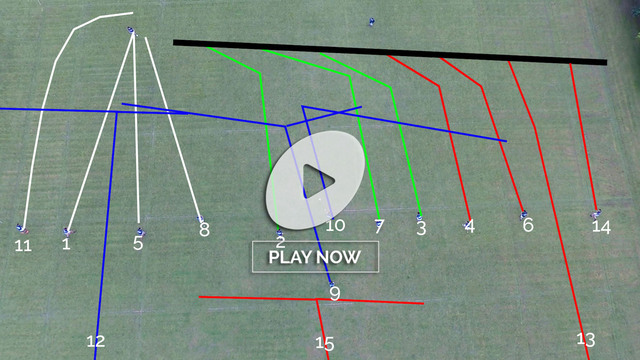
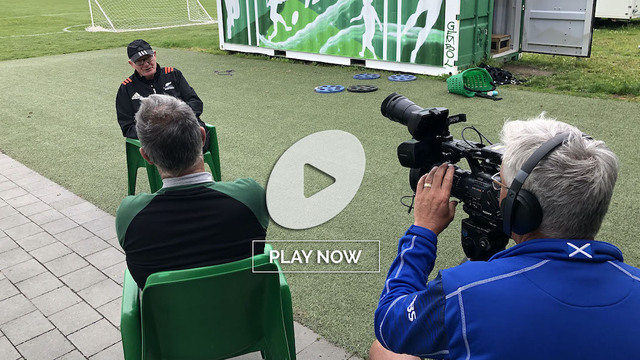
.jpg)
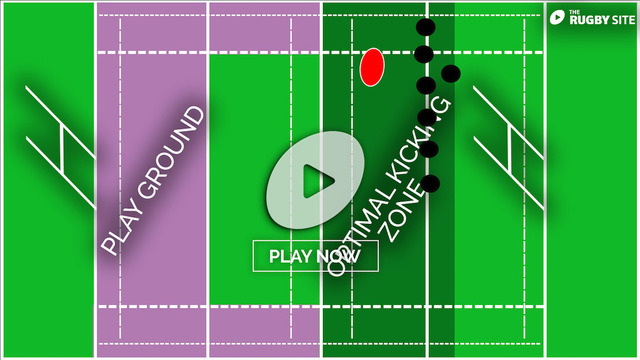
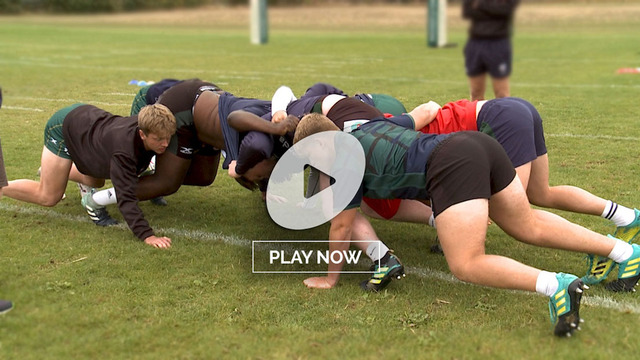
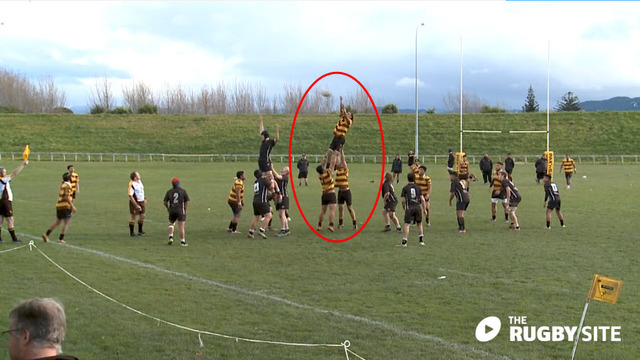
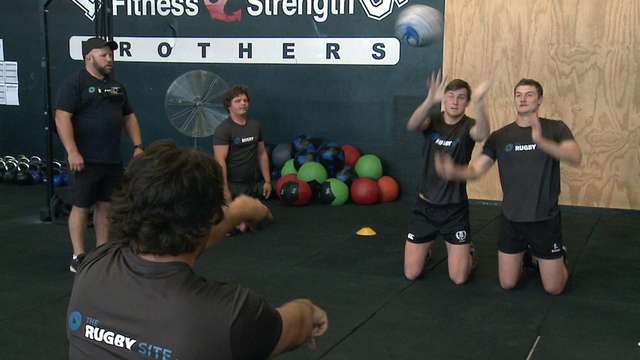
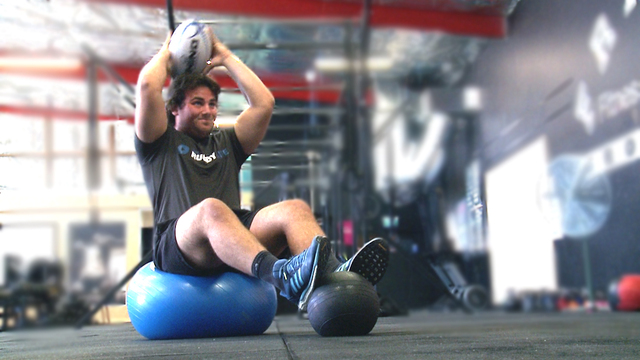
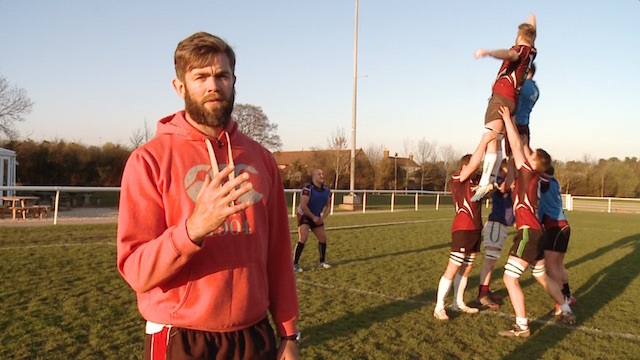
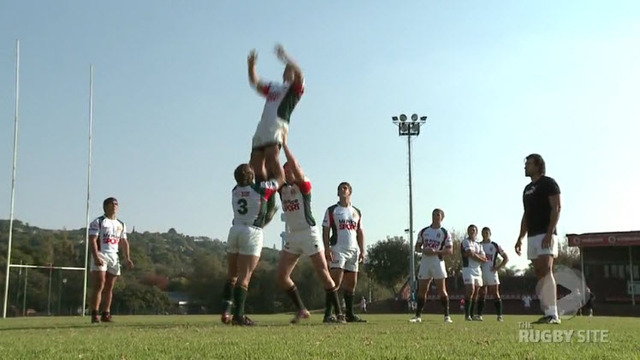
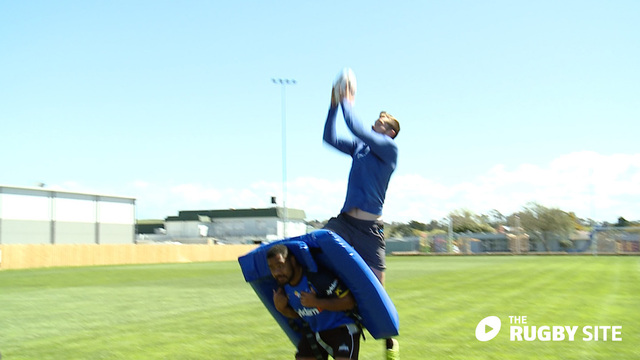
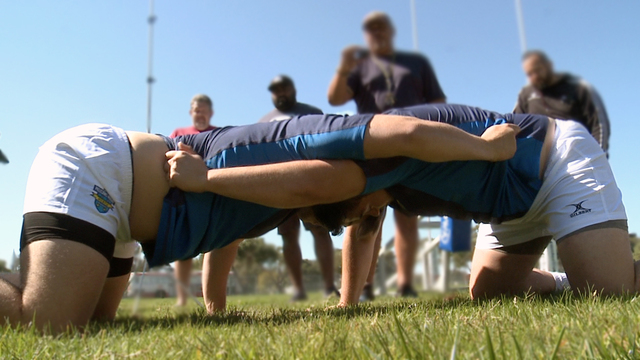
.jpg)



